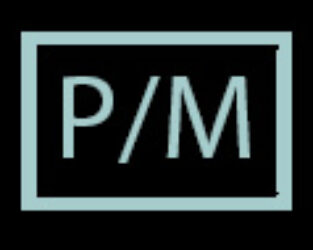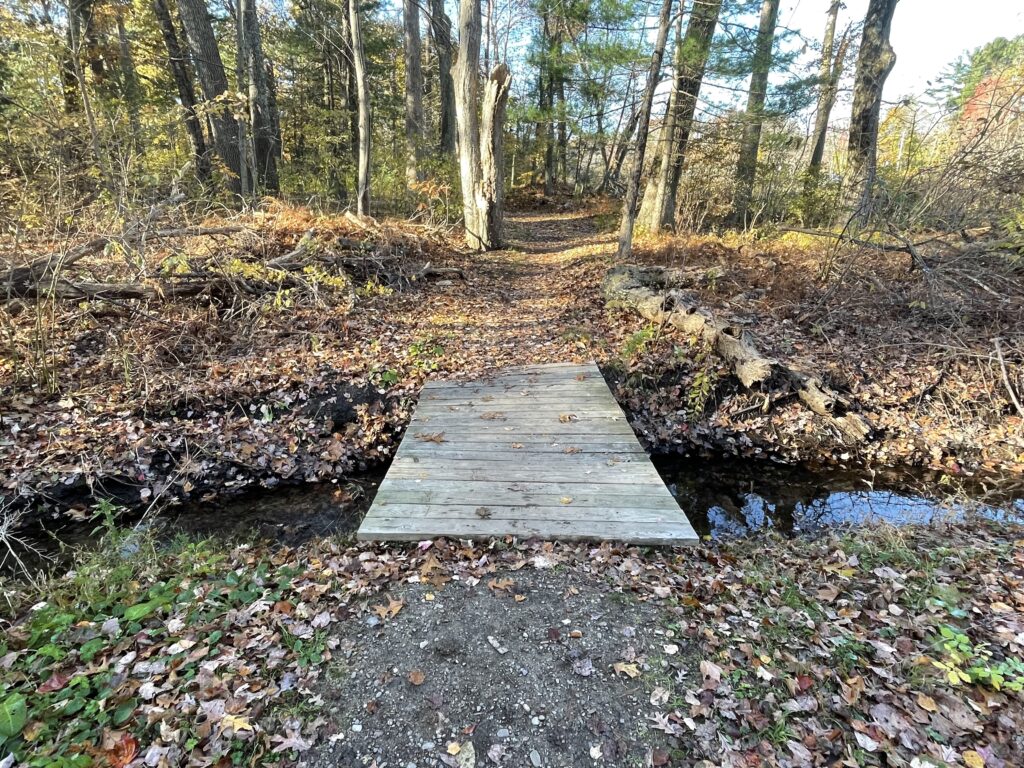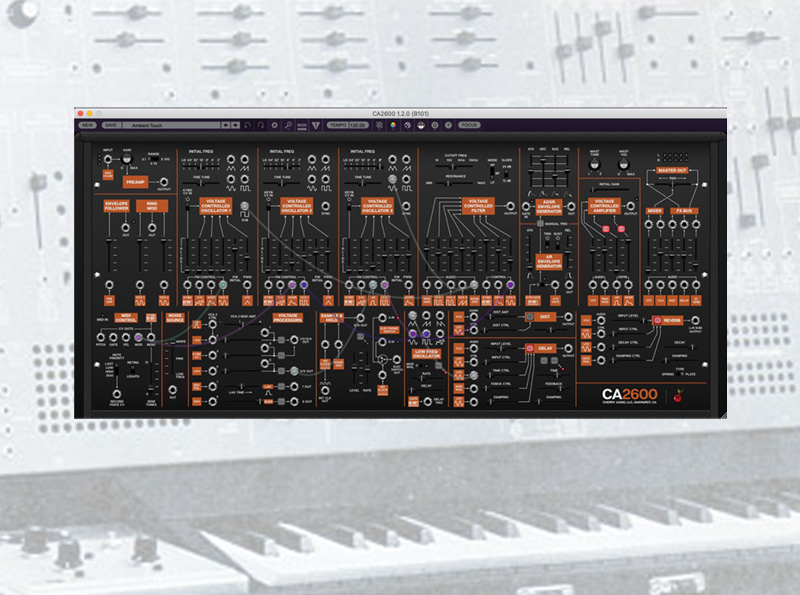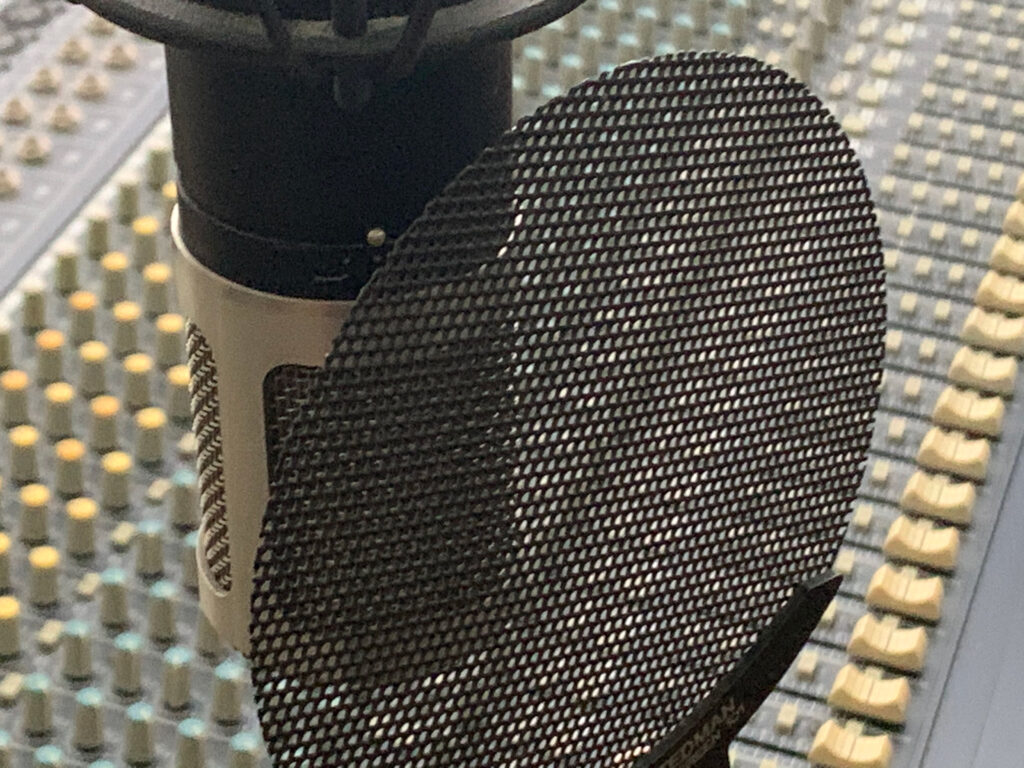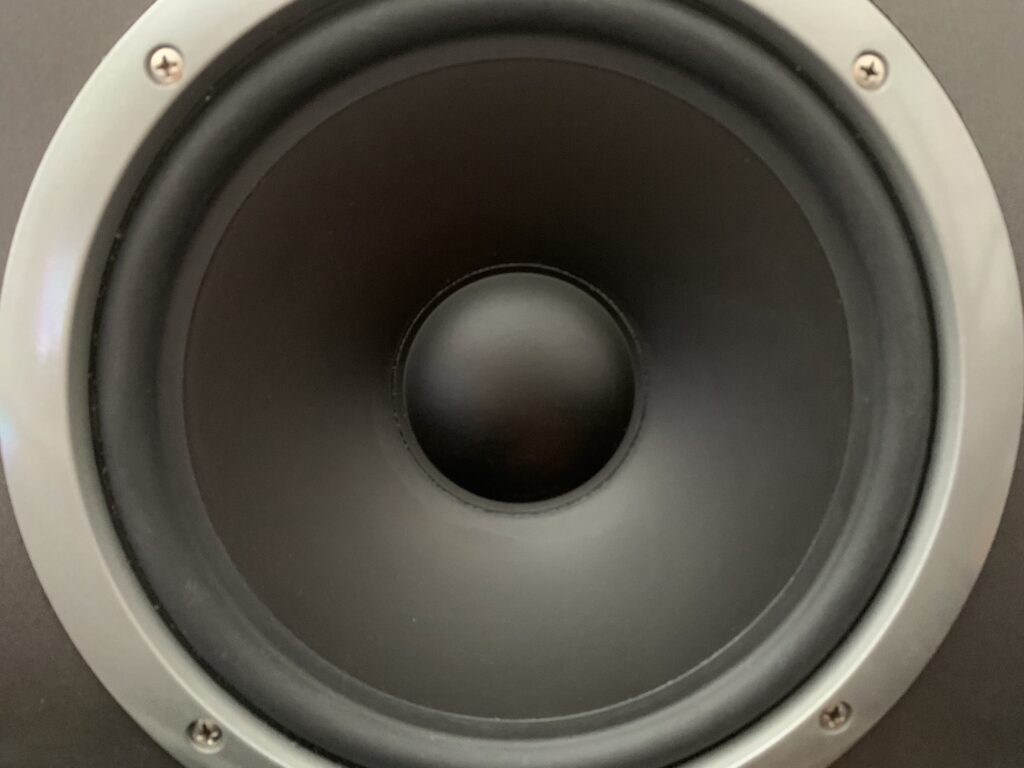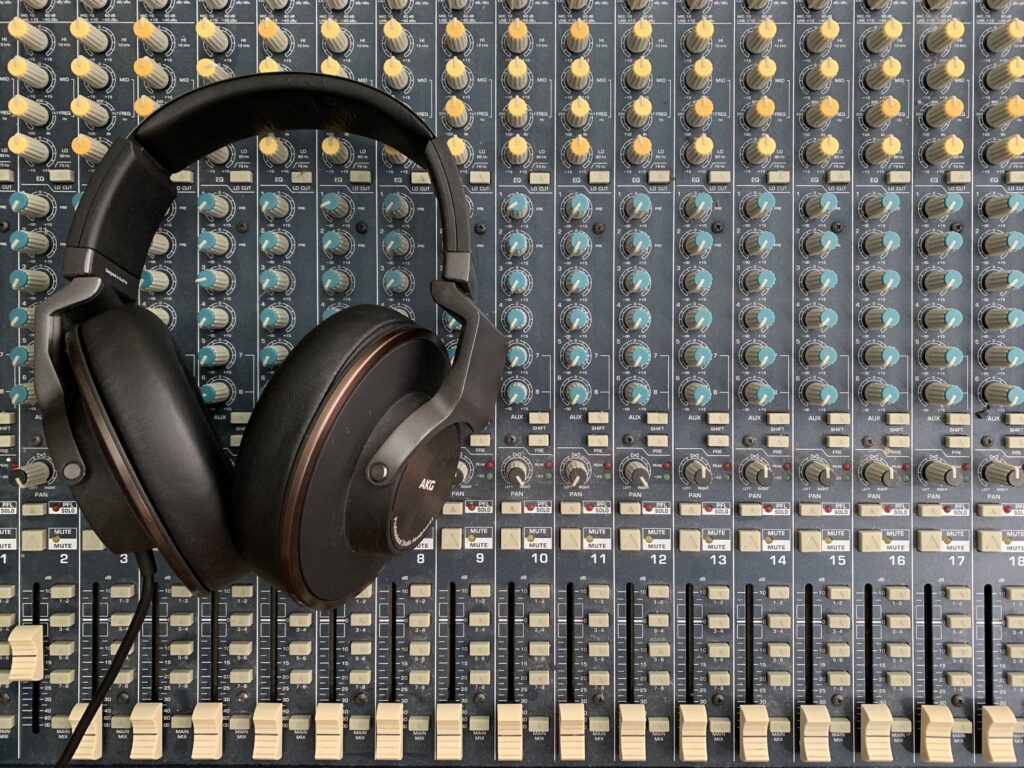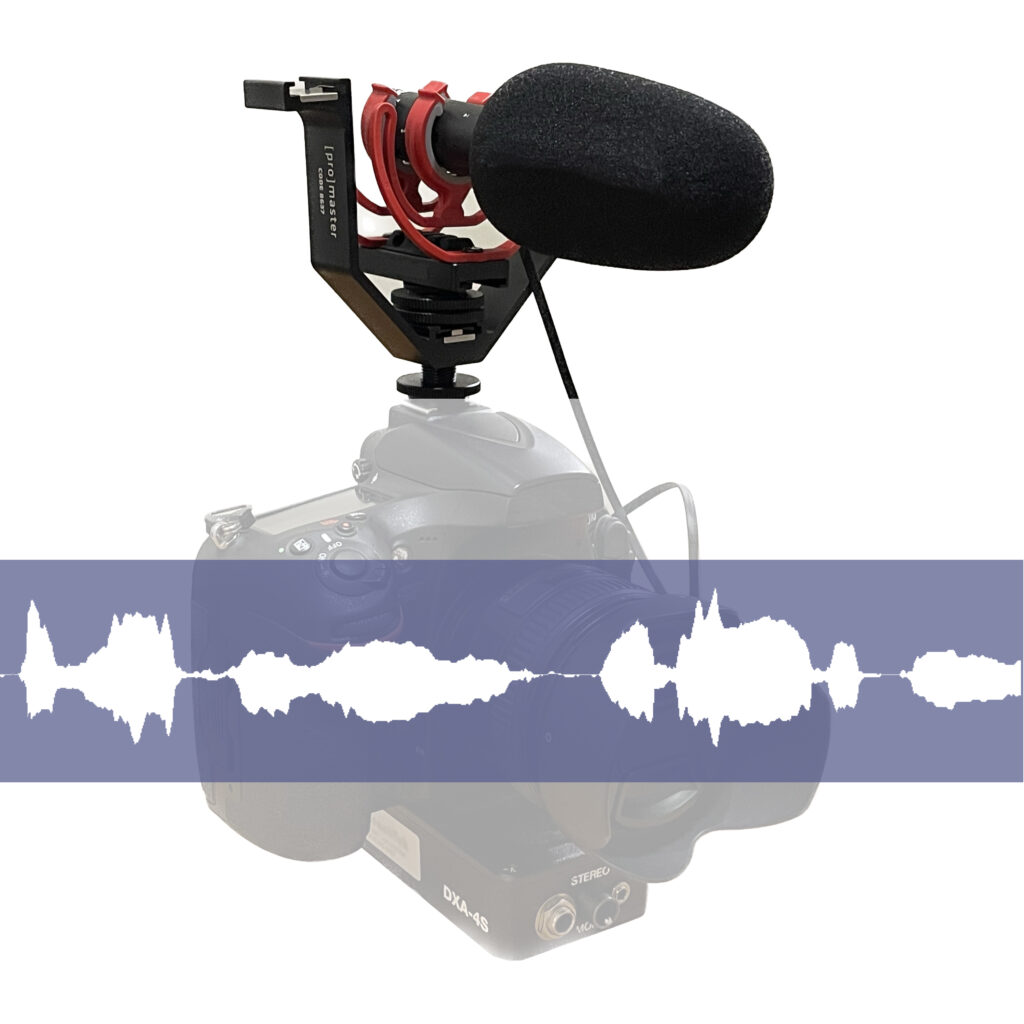
To say we are in the age of video would be a gross understatement. Videos are one of the best tools we have for single-direction communicating. I’m talking about video that is planned, authored, shot, and produced for deployment at a later date. Streaming video and teleconferencing (remember that word?) is a different animal entirely – we’ll discuss that in a future article. So what is it that makes video so engaging and indispensable in today’s business world? For starters, video is more than just video!
Continue reading “Video is More Than Just Video”